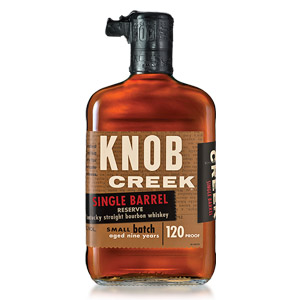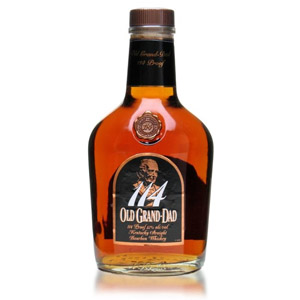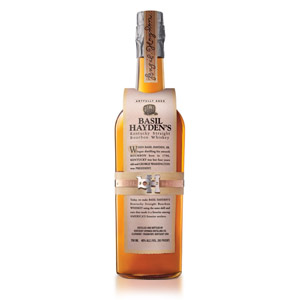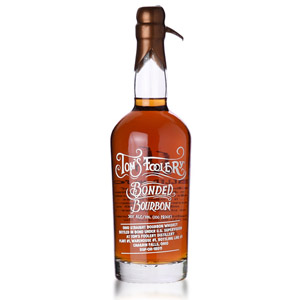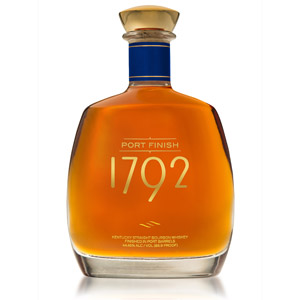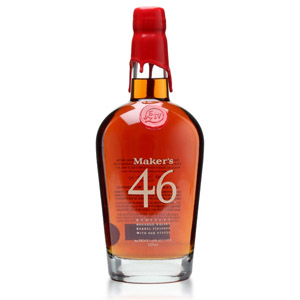Knob Creek Single Barrel Bourbon (9 year)
Of the big bourbon brands, I’ve said before that Knob Creek with its good price point and nice balance of classic bourbon flavors with a little extra fruit and citrus and an actual age statement has made it a regular in my drinks cabinet. … This single barrel release is made from a low-rye mash bill (77% corn, 13% rye, 10% malted barley) and bottled at a paint-stripping 60% ABV.

